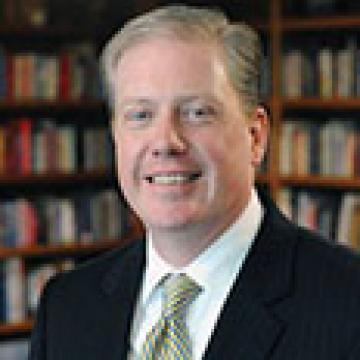George W. Bush: Life After the Presidency
George W. Bush was 62 years old when his presidential term ended. He left office with a dismal 33 percent approval rating and with 60 percent of the American public believing that he would be considered below average as President in the annals of history. When confronted with this situation, Bush wittily replied, “I was also the most popular president,” which he was following his response to the terrorist attacks of September 11, 2001. Upon leaving office, Bush returned to Midland, Texas, and promptly took up residence at his beloved Prairie Chapel Ranch in Crawford, Texas. No typical politician, he seemed to enjoy the relaxation and time away from power.
Bush read several books about George Washington during the final year of his presidency and said that if historians were still analyzing the first President, then the 43rd would never fully discover how history viewed his own administration. Political adviser Karl Rove stated that despite the possibility of regrets, Bush “has an inner confidence…that what he did was right.” After leaving office, Bush lived a quiet life in Texas and largely refrained from any connections to politics, particularly resisting opportunities to criticize his successor.
George and Laura also bought a home in an exclusive Dallas neighborhood near Southern Methodist University. The former President quickly became a part of the Dallas community, attending local events and hosting barbecues at his home. He supplemented his income with paid speeches and was very involved with the George W. Bush Institute that he established at SMU. In his free time, he enjoyed biking, attending Texas Rangers baseball games, reading American history, and golfing. Inspired by a similar hobby of his hero Winston Churchill, Bush also began painting; primarily producing portraits of his pets and of world leaders that he came into contact with while serving as President. His paintings attracted national attention and were displayed in his presidential library.
Bush worked quietly to solidify his legacy. The George W. Bush Presidential Center at SMU in Dallas consists of the Bush Presidential Library and Museum and the Bush Institute. The Institute was created for the purpose of continuing discussions about the best policies to foster economic growth, human freedom, education, global health, and various women’s initiatives. He also polished his legacy by publishing a memoir in 2010, Decision Points, which gave personal insight into his policy decisions and experiences as President. Bush’s charity work was quite extensive, with several efforts devoted to fundraising for wounded veterans, including an annual 100-kilometer mountain bike ride and the Warrior Open Golf Tournament. He also took trips to Africa to raise awareness for cervical cancer, and was a strong advocate for veterans suffering from post traumatic stress. In 2014, he surprised much of the publishing world by unveiling a previously secret project he had undertaken to write a biography of his father. 41 was published on Veteran’s Day, an appropriate date to celebrate his war-hero father.
Bush remarked about his life in retirement, “I think part of having a fulfilling life is to be challenged. I’m challenged on the golf course, I’m challenged to stay fit, and I’m challenged by my paintings…I am happy.”
